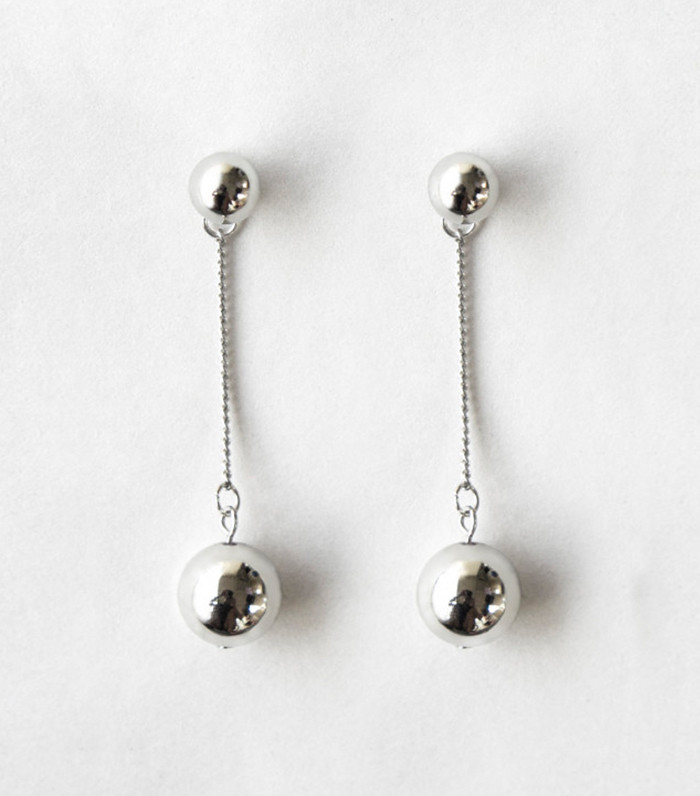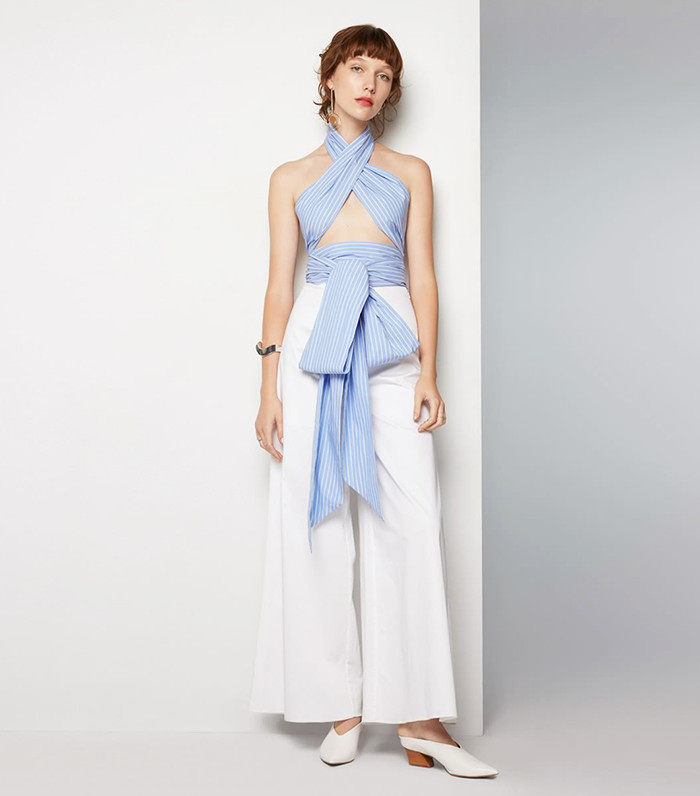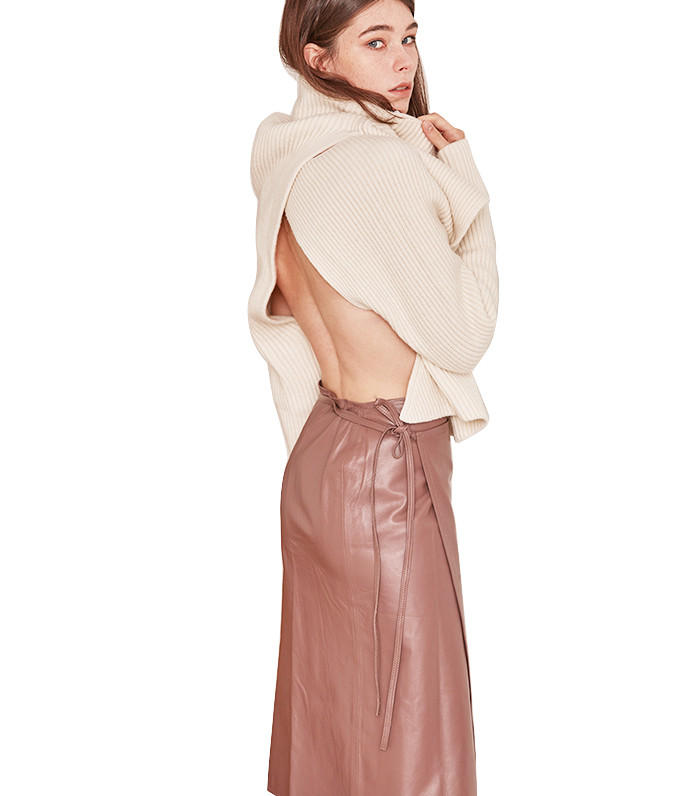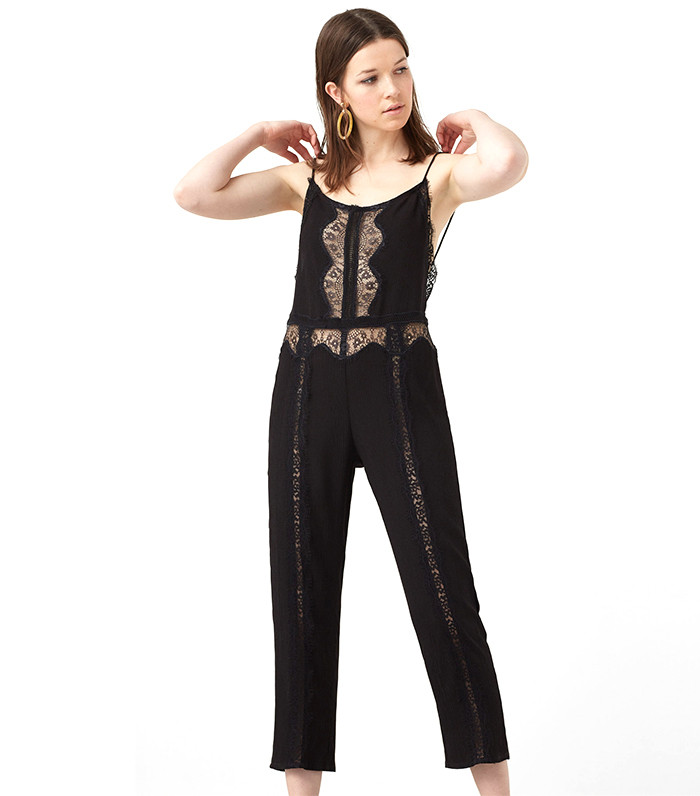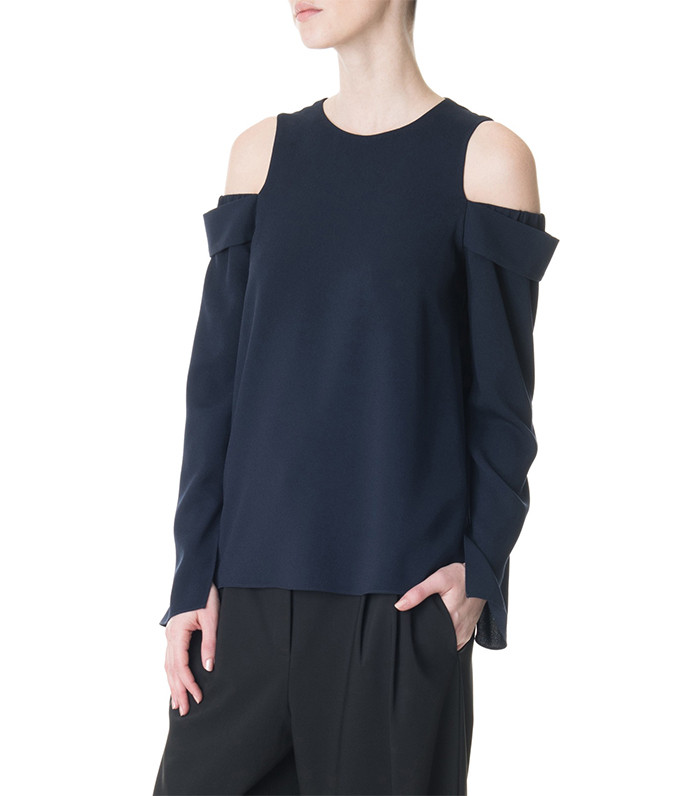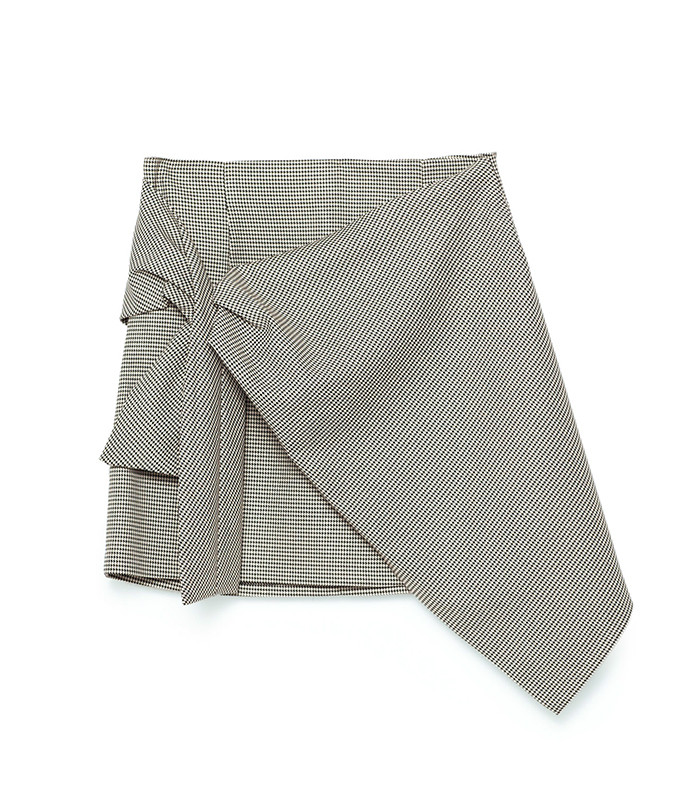Have You Heard of Fashion's Erogenous Zone Theory?

One of my absolute favorite resources in the world of fashion journalism is The Fairchild Dictionary of Fashion. It’s chock-full of terms in every pocket of the industry you could possibly hope for from anoraks to zippers. So the other day when I was researching the backstory on a type of embroidery and came across the erogenous zone theory, my curiosity got the best of me, and I read on.
Costume historian James Laver (1899–1975) came up with the theory in the 1930s, which suggests “emphasis in dress tends to shift from one erogenous zone of the body to another," (erogenous meaning any spot that arouses sexual responses from a potential mate). So for example, if a woman is wearing an off-the-shoulder blouse, the neck and shoulders are in focus at that point in time. When a miniskirt is worn, the legs are the focal point, and so on. His theory further stated that this cycle lasts about seven years before it moves on to another erogenous zone of the female body, and is ultimately responsible for shifts in fashion trends.
Though an enticing concept, my immediate response to such an idea was that of feminism. Though women may dress with the intention to attract or arouse a partner, that’s simply not the only end goal, and therefore can’t be the sole explanation for shifts in fashion. Rather, I believe self-expression and communication are at the core of why we dress. It seems I’m not the only one who reacted this way because scholars and feminists spoke out against this theory with similar reasoning a few decades later.
What’s your reaction to the erogenous zone theory? Does it resonate with you, or do you dress for yourself and not to attract a mate? Sound off in the comments, and scroll down to shop a few of my picks that highlight different parts of the body, no matter your intentions!

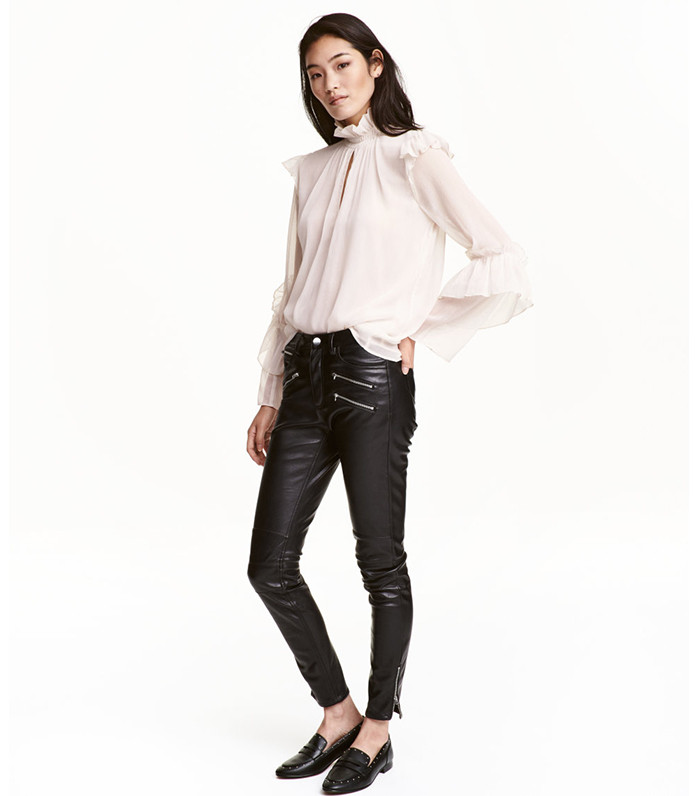

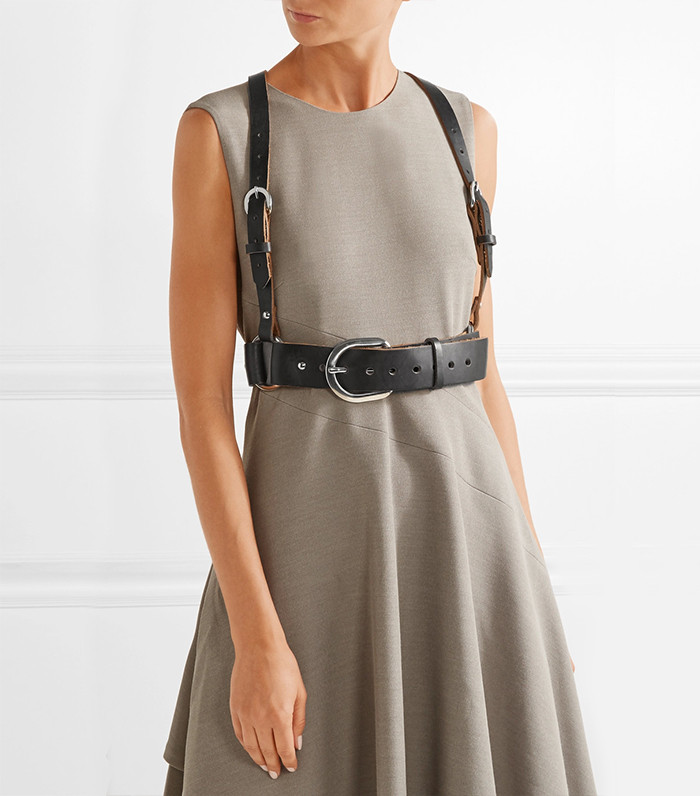
Do you love fashion trends as much as we do? If so, see the latest.
Opening Image: Christian Vierig/Getty Images

Nicole Kliest is a freelance writer and editor based in New York City who focuses on fashion, travel, food, wine, and pretty much anything else that's amusing to write about. After graduating from Pepperdine University with a bachelor's in journalism and creative writing, she started her career back in 2010 as Who What Wear's photo editor and throughout the last decade has contributed to publications including Fashionista, Harper's Bazaar, Elle, The Zoe Report, PopSugar, Fodor's Travel, and several others. She also copywrites and has worked with clients such as Frame, Sea, 3x1, Intelligentsia, and others to develop brand voices through storytelling and creative marketing. She's very passionate about the ways we can improve our sustainability efforts in the fashion industry as well as cultivating content that's diverse and inclusive of all people. When she's not checking out the latest restaurant opening in her West Village neighborhood or riding her bicycle along the West Side Highway, she can be found scheming her next trip somewhere around the world. (Up next is Vienna.)
